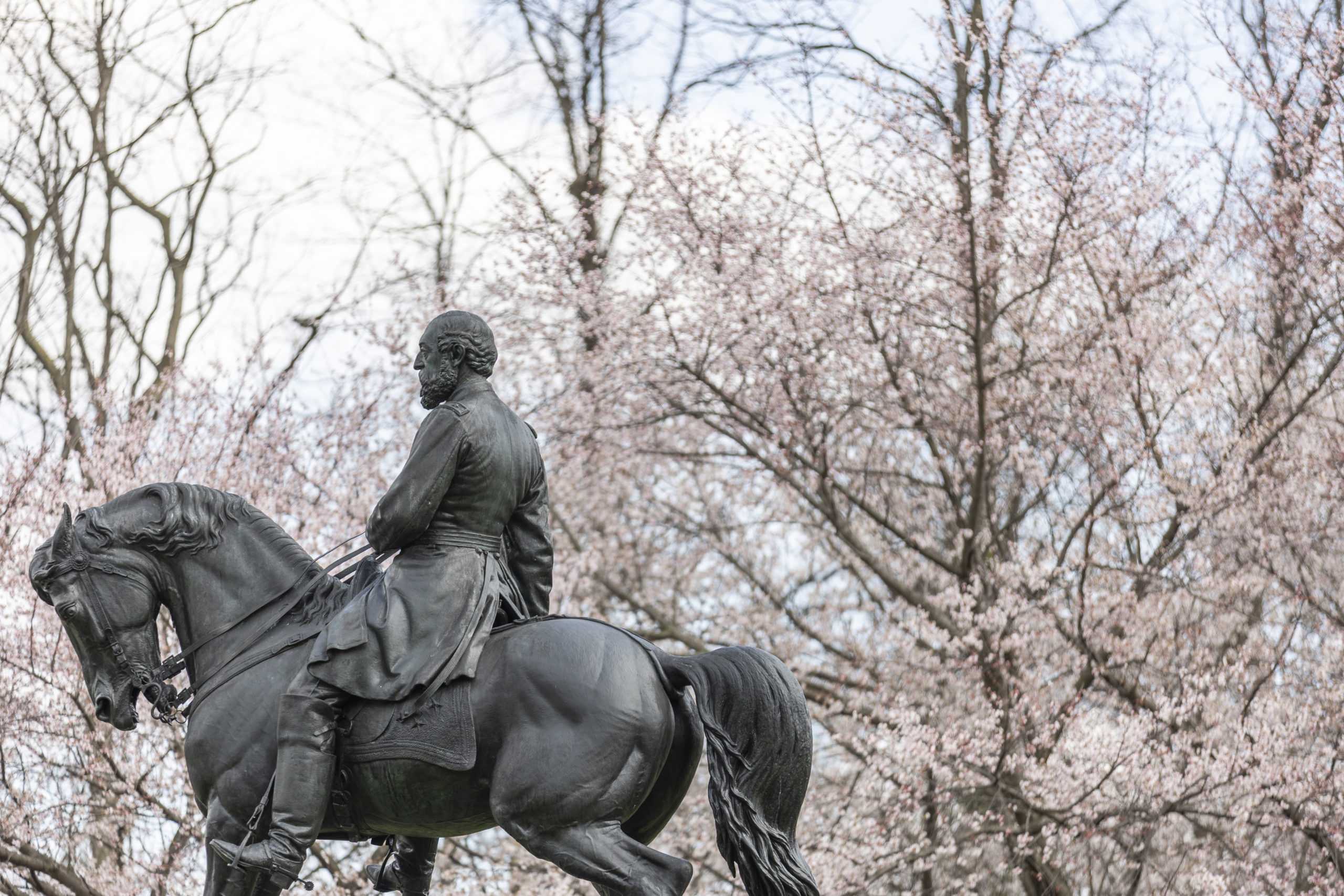A local Civil War museum, which bills itself as “the only museum in the city of Philadelphia dedicated to the history of the Civil War,” is moving to a new home this spring after more than six decades at its current location.
The Grand Army of the Republic Civil War (GAR) Museum & Library is an nonprofit organization devoted to the preservation of artifacts and documents from the Grand Army of the Republic, a national organization whose members included soldiers who fought with the Union forces in the American Civil War. Founded in 1866 in Springfield, Illinois, the organization grew to include dozens of posts throughout the U.S. Members initially raised money for widows and orphans of soldiers who had died in the war. The organization dissolved in 1956 when its last member died.
“We emphasize different aspects of the Civil War period, not only the battles and leaders but the politicians. But not only those, also the homefront, Women’s Studies, slavery and all of the things that happened in Reconstruction,” said Joseph Perry, president of the GAR museum. “So it’s a broader interpretation of just the Civil War period.”
The GAR museum closed last July and is currently in the process of moving from the Frankford section of Philadelphia to its new location in the Holmesburg area. It will occupy the Lewis-Pattison House, a historic home at 8110 Frankford Ave. Perry said upkeep of the previous building had become prohibitive.
“It required a lot of work to keep it up and was also on a back street off Frankfort Avenue so we didn’t get a lot of foot traffic and visual recognition,” Perry said.
In 2019, the museum auctioned off a battle flag from the United States Colored Troops (USCT), a Civil War era regiment composed of African American men, in order to help finance the move.
“We were seeing the handwriting on the wall that, because of the location, we were getting fewer and fewer memberships,” Perry said. “So what we decided to do was to put [the flag] up for auction to get money so we could move. That was the only purpose.”
The GAR is still “unsurpassed in terms of the depth of the collection,” said Randall Miller, Ph.D., professor emeritus of history and a GAR member. One of the museum’s prized artifacts is the head of Old Baldy, the horse ridden by Gen. George C. Meade at the Battle of Gettysburg.
“People would come in and they would actually touch Old Baldy’s nose and poor Old Baldy’s nose got bald,” Miller said.
Other museum artifacts include uniforms, haversacks, belts, weapons, letters and diaries from soldiers. The library contains books and documents related to the war.
In addition to its vast collection of Civil War–era artifacts and documents, the museum also hosts a variety of beneficial programs and workshops for students and school groups, Miller said.
“[They’re] a good way to develop a range of different subjects and get people to not only pay attention to the museum but also to that subject,” Miller said. “It makes people aware such an organization exists and has value.”
Katherine Sibley, Ph.D., professor of history and director of American Studies, said niche museums like the GAR museum provide an in-depth perspective on specific historical periods.
“[When] you have a small museum or museum, it’s very focused on one topic,” Sibley said. “But what you’re going to get is a very impressive perspective, which could be very interesting.”
Perry said the GAR hopes to recruit more volunteers and further build its collection when it reopens.
“Our goal is to have the human resources that can keep the museum going,” Perry said. “They can provide us the research capabilities to go out for grants that will preserve and protect the museum.”

















































